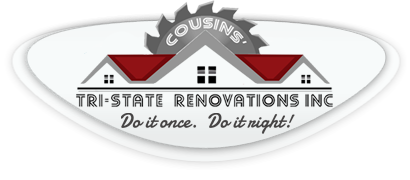Bathroom Remodel
Bathrooms and Kitchens are two rooms that can potentially add the most value to your home. A bathroom remodeling project is usually one of the first job homeowners tackle when looking to do some remodeling work in their home, as well as having one of the best returns on investment. Let us make your dream bathroom a reality, call us today to receive your free consultation.
So, you want to remodel your bathroom? Here are a few tips, and commonly overlooked conveniences to consider:
Tile Floors
If you want an easy-care floor: Go for porcelain or glazed tiles, and avoid porous natural stone tiles like limestone. Unless sealed vigilantly, they’ll absorb drips and spills and become stained over time.
If you want a nonslip floor: Choose tiles with textured surfaces, matte finishes, or sand-containing glazes. Another option: small tiles with lots of grout lines, which offer better “grip” than large tiles.
Upgrading the Wiring
The Right Height for Accessories
Niches for Toiletries
Countertop Choices:
Natural Stone
Best for: High-end baths cared for by vigilant homeowners.
Pros: Natural beauty in every slab; allows for undermount sink; polished granite is highly stain and scratch resistant.
Cons: Must be sealed regularly; porous types, such as marble and limestone, will stain and etch if spilled toiletries and cleaners aren’t wiped up fast; honed surfaces can show water and oil marks.
Resin-Based
Pros: Whether a straight resin (solid surface) or one made with marble dust (cultured marble), these can be formed as a single, seamless piece, often including the sink; comes in a wide variety of colors; needs no sealing.
Cons: Can lack the upscale feel and beauty of natural stone.
Laminate
Pros: Affordable; available in prefab slabs at home centers; stain and scratch resistant; huge variety of colors, finishes, and textures.
Cons: Can delaminate over time; the look can be downscale; can’t accommodate undermount sinks.
Wake Up to a Warm Floor


Recent Comments